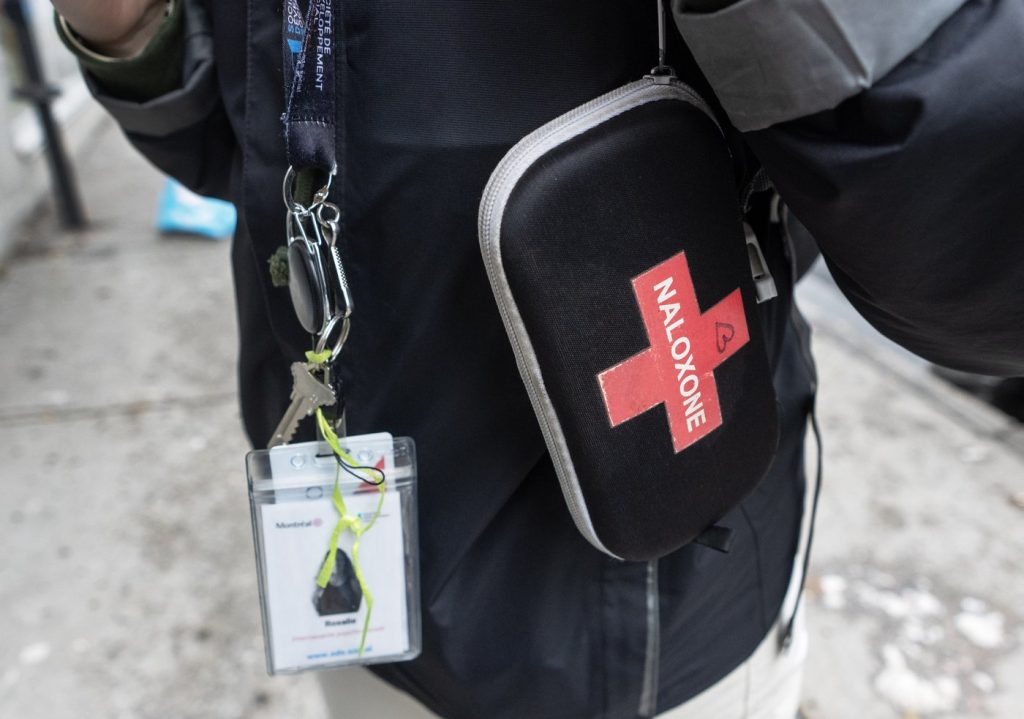TORONTO – An editorial published in the Canadian Medical Association Journal on Monday highlights a concerning increase in opioid use among youth and urges immediate action for treatment options for addiction. Co-author Dr. Shawn Kelly, a pediatrician specializing in addiction treatment in Ottawa, emphasizes the alarming trend showing that an earlier onset of opioid use is linked to more severe cases of addiction.
The editorial references data from the Ontario Student Drug Use and Health Survey, revealing a significant spike in students using prescription painkillers for non-medical purposes, rising from 12.7 percent in 2021 to 21.8 percent in 2023. This trend is especially pronounced among younger students in grades 7 to 9, who reported a higher prevalence of opioid use compared to older students in grades 10 to 12. Further findings indicated that some youth began using opioids as early as 10 years old, a statistic that has alarmed healthcare professionals.
Dr. Kelly describes the rise in the use of hydromorphone, commonly known by its brand name Dilaudid, as a party drug among adolescents, who refer to it as “dillies.” He points out that this increase in use may be attributed to a perception among teenagers that prescription opioids are safer than illicit street drugs. However, this belief can lead to dangerous outcomes, particularly in light of a toxic drug supply, significantly increasing overdose risks.
According to the editorial, youth aged 15 to 24 accounted for nine percent of all opioid-related emergency department visits in Ontario in 2021 and represented eight percent of opioid-related deaths in the same year. Early use of opioids can result in addiction that may necessitate treatment with medications such as methadone or buprenorphine/naloxone (known as suboxone), yet many primary care providers remain hesitant to prescribe these medications to adolescents, a situation the authors argue requires urgent change.
Dr. Kelly asserts that improving access to opioid addiction treatments can prevent future tragedies and help young individuals navigate their path to adulthood without severe consequences. He warns about the long-term effects of opioid use in young adults, which can include housing instability, homelessness, human trafficking, and criminal behavior, emphasizing the need for early intervention.
The editorial also draws attention to a rising mental health crisis among youth, exacerbated by the COVID-19 pandemic. Many of Dr. Kelly's patients struggling with opioid addiction also face mental health challenges, such as depression, anxiety, and attention-deficit hyperactivity disorder (ADHD). Addressing this dual burden, he suggests that while comprehensive mental health support is necessary, medications like methadone or suboxone can be prescribed as a first step to relieve opioid withdrawal and cravings, even without mental health assistance.
Healthcare professionals who treat young people, including family doctors and pediatricians, should receive training to screen for drug use and be equipped to prescribe necessary medications. The editorial notes that there may be confusion among some doctors regarding their ability to prescribe these treatments; however, Health Canada has lifted the previous requirement for a special exemption to prescribe methadone since 2018, amid the ongoing overdose crisis.
Dr. Kelly emphasizes the importance of open and honest conversations between parents and adolescents about drug use. He advocates for parents of teenagers to have naloxone, an overdose-reversal medication, readily available at home. This proactive approach aims to safeguard youth and challenge the growing trend of opioid abuse.










